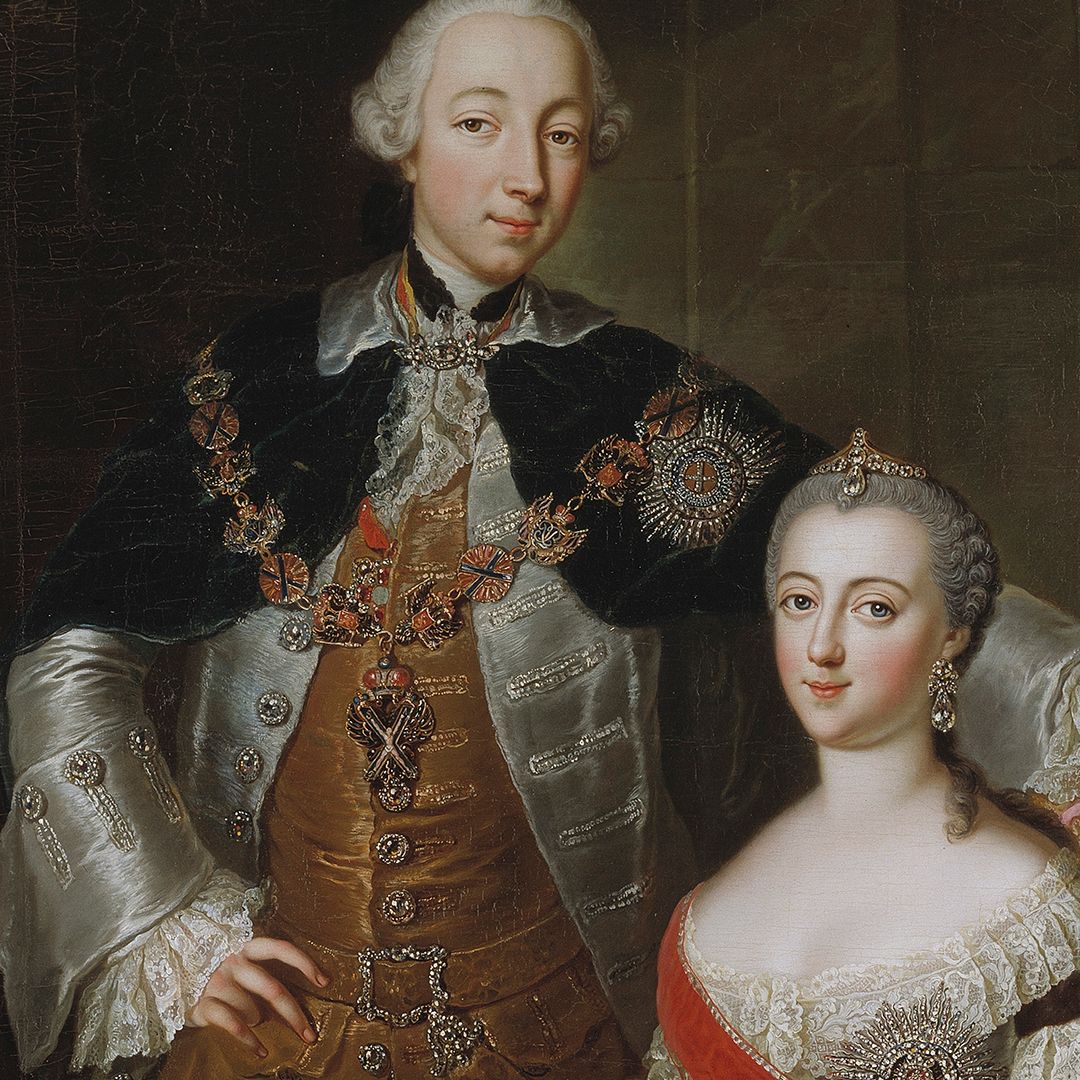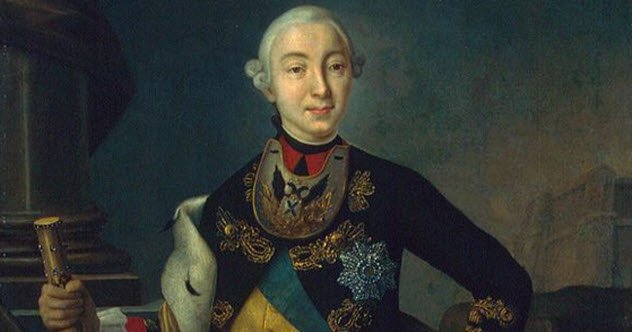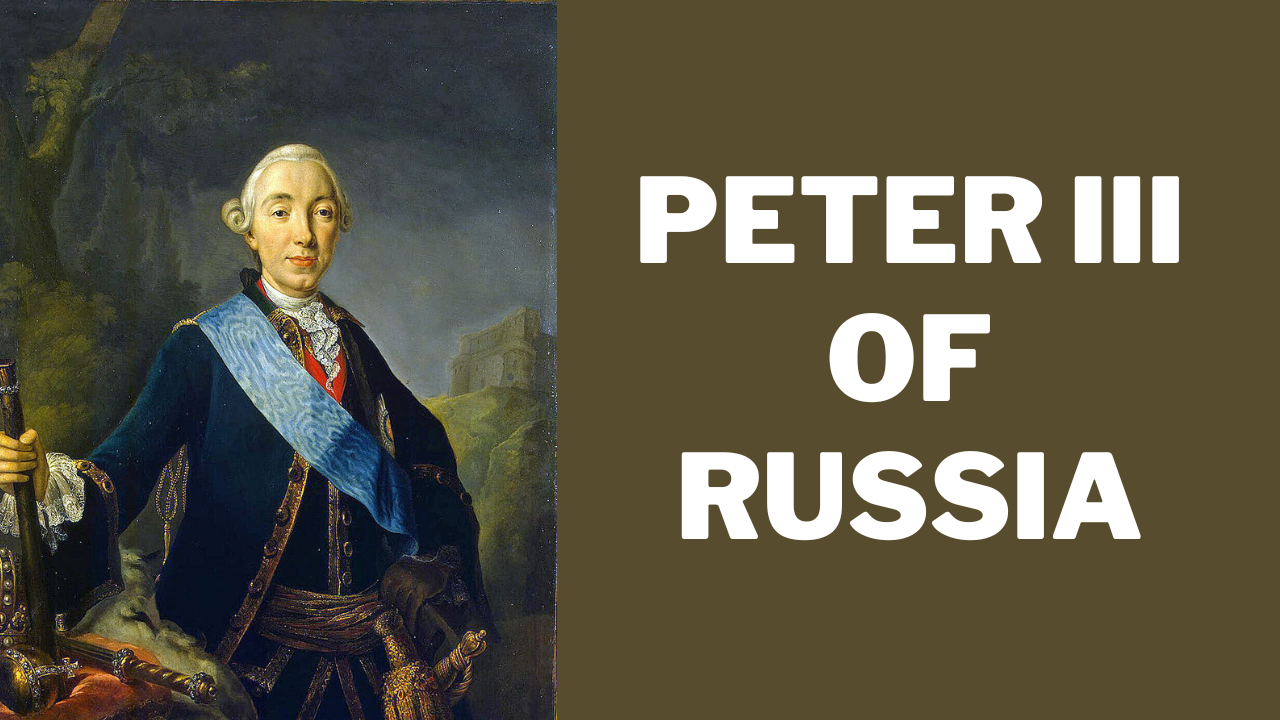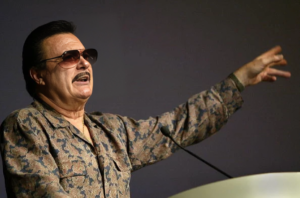Peter III of Russia: A Tumultuous Reign Cut Short
In Short:
- Born Karl Peter Ulrich in 1728, Peter III ruled Russia as Emperor for a brief period, from January 5, 1762, to July 9, 1762.
- Well-known for his pro-Prussian views, Peter encountered resistance due to his unpopular choices during the Seven Years’ War, which ultimately resulted in his wife, Catherine II, overthrowing him.
- Notwithstanding his dubious image, Peter III modernized the Russian army, proclaimed religious freedom, and promoted education throughout his brief period in power.
- The perplexing historical account of Peter in Russian history is complicated by his unexplained demise, the pretenders that followed, and his cultural influence.
On January 5th, 1762, Peter III ascended the Russian throne after the death of Empress Elizabeth. Born Karl Peter Ulrich of Holstein-Gottorp in 1728, Peter was ill-prepared to rule the vast Russian empire. His brief 6-month reign proved profoundly controversial and impactful despite its brevity. Ultimately deposed and killed in a coup orchestrated by his wife, Catherine the Great, in July 1762, the life and legacy of Peter III have been hotly debated by historians ever since.
Peter III’s Bio

| Born | February 21, 1728 |
| Reign as Emperor of Russia | January 5, 1762, to July 9, 1762 |
| Duke of Holstein-Gottorp | June 18, 1739, to July 9, 1762 |
| Spouse | Catherine II of Russia (m. 1745) |
| Issue | Paul I, Grand Duchess Anna Petrovna |
| House | Romanov-Holstein-Gottorp |
| Father | Charles Frederick, Duke of Holstein-Gottorp |
| Mother | Grand Duchess Anna Petrovna of Russia |
| Religion | Russian Orthodoxy (formerly Lutheran) |
| Died | July 17, 1762, aged 34 |
| Burial | Saints Peter and Paul Cathedral, St. Petersburg |
Early Life and Rise to Power
Peter III was born in Kiel, Germany, on February 21st, 1728, to Charles Frederick, Duke of Holstein-Gottorp, and Grand Duchess Anna Petrovna of Russia, daughter of Peter the Great. His mother died shortly after his birth. In 1739, his father died, leaving the 11-year-old Peter as Duke of Holstein-Gottorp. When his aunt Elizabeth became Empress of Russia in 1741, she brought Peter to St. Petersburg and named him her heir. In 1742, the 14-year-old Peter was briefly proclaimed King of Finland during the Russo-Swedish War. That same year, he converted to Russian Orthodoxy, took the name Pyotr Feodorovich, and was titled Grand Duke of Russia as heir apparent. In August 1745, Peter married Sophia of Anhalt-Zerbst, later Catherine the Great. The couple went on to have one son, the future Paul I, and a daughter.
Personality and Private Life
 credit-About History
credit-About History
Contemporary sources paint conflicting pictures of Peter’s personality and private life. Catherine described him as an “idiot” and “drunkard” in her memoirs, portraying their marriage in starkly negative terms. However, some modern historians argue this characterization was biased, providing a more nuanced view of the intelligent yet temperamental Peter. His marriage to Catherine was unhappy, both taking numerous lovers. Peter pursued typically masculine interests like military uniforms and parades.
Foreign Policy and Military Ambitions
Upon taking the throne in January 1762, 23-year-old Peter dramatically reversed Russia’s foreign policy. Eager to emulate his Prussian idol, Frederick the Great, Peter withdrew Russian troops from the ongoing Seven Years’ War with Prussia. Instead, he offered to ally with Frederick, shifting the balance of power across Europe. This policy proved profoundly unpopular in Russia.
Peter also aggressively pursued his dynastic claims to territory in Holstein. He began planning for war against Denmark to enlarge his Gottorp duchy. In June 1762, Peter assembled 40,000 Russian troops in German Pomerania, awaiting the outbreak of hostilities. However, Peter would lose his throne that month before the war commenced.
Reforms and Modernization Attempts
While foreign policy dominated Peter’s reign, he pursued reformist domestic policies. Peter passed over 200 new modernizing laws. He proclaimed religious freedom for his subjects and encouraged education. Seeking to improve the Russian army’s efficiency along Prussian lines, Peter updated training techniques and uniforms. Peter also aimed at the oppressive secret police established by Peter the Great, abolishing the institution entirely. Declaring it illegal for nobles to execute serfs without trial, Peter pioneered early serf emancipation efforts. While short-lived, these reforms revealed Peter’s progressive instincts.
Deposition and Mysterious End
Peter’s wife Catherine cunningly capitalized on the unpopularity of his foreign policy to organize a coup, deposing Peter on July 9th, 1762. Seeking refuge at his residence at Oranienbaum, Peter hesitated until Kronstadt naval forces fired warning shots at his boat. Deemed no longer emperor, Peter was arrested trying to flee to the Kronstadt fortress. On July 17th, just eight days after his deposition, Peter died in captivity, allegedly from a violent hemorrhoidal attack. Whispers of assassination and regicide have lingered for centuries. Over the next decade, multiple pretender claimants emerged, alleging that the supposedly murdered Peter returned to claim his throne from Catherine.
Legacy and Significance
Despite reigning for only six months, Peter left an enduring legacy. While Peter’s Prussian sympathies proved his undoing, his aborted plans to expand Gottorp may have reflected pragmatic expansionist ambitions. Domestically, Peter’s reformist zeal presaged policies later realized by Catherine and Alexander I.
Catherine radically reversed some of Peter’s foreign policy stances while ultimately building on some of his reform visions. The dramatic intrigues of Peter III’s reign left an indelible mark on the historical imagination, referenced in countless novels, plays, and films portraying the embattled emperor. Over two centuries after his contentious rule, Peter’s dramatic rise and fall continue to fascinate.
Note: This article will dive into the biography of Peter III of Russia and his rise to power and focus on the critical events of his rule. The only way to argue is that the interpretations of historical events may differ, and some details about his overthrow and death remain discussed. The author recommends that readers consult more sources for a more detailed and holistic interpretation of this challenging period in Russian history.
Conclusion:
Although the power of this king was relatively short, and his reign was unstable, he left Russian history with a forever glorious moment. His foreign policy and domestic decisions, often disputable, are, to this day, the source of historical research and discussions. The tales about his dethronement and the unusual mystery of his departure make the story of this idiosyncratic ruler more exciting and enigmatic. Moving forward towards Catherine II, in time, Peter III’s legacy has become a part of the folklore and cultural references, as well as various representations of him in multiple media, so Peter III has etched his place in the complex history of Russia.
FAQs
Why was Peter III so unpopular when he became Tsar?
Peter III was unpopular because of his ardent admiration of Prussia and Frederick the Great, Russia’s longtime enemy. His decision to make peace with Prussia and switch alliances alienated the traditional Russian nobility.
How did Peter III die?
The official cause of Peter III’s death was claimed to be hemorrhoidal colic. However, rumors of assassination and regicide by Catherine’s supporters have endured for centuries, with the actual circumstances remaining ambiguous.
What kind of reforms did Peter III try to make as Tsar?
Some of Peter III’s reforms included proclaiming religious freedom, encouraging education, attempting to modernize the Russian army along Prussian lines, and abolishing the brutal secret police set up by Peter the Great.
Why were there pretender claimants who said they were Peter III after his death?
Because the circumstances around Peter III’s imprisonment and death seemed suspicious, pretender claimants emerged afterward, insisting they were Peter, having escaped death. This speaks to the enduring mystery and controversy surrounding the last Tsar of the Holstein-Gottorp dynasty.
Who overthrew Peter III and why?
Peter III was overthrown in a coup orchestrated by his wife, the future Empress Catherine the Great. Catherine could leverage Peter’s unpopularity over his foreign policy to gather support from the imperial guard and nobility to depose him after just six months as Tsar.

















